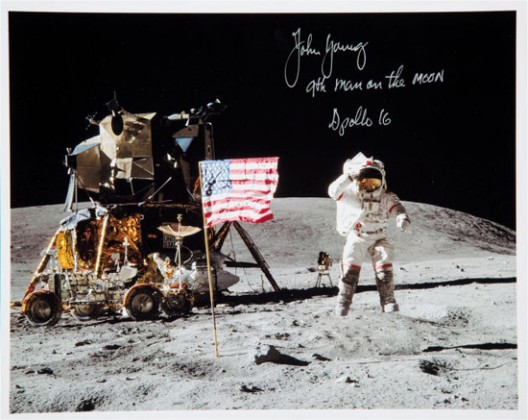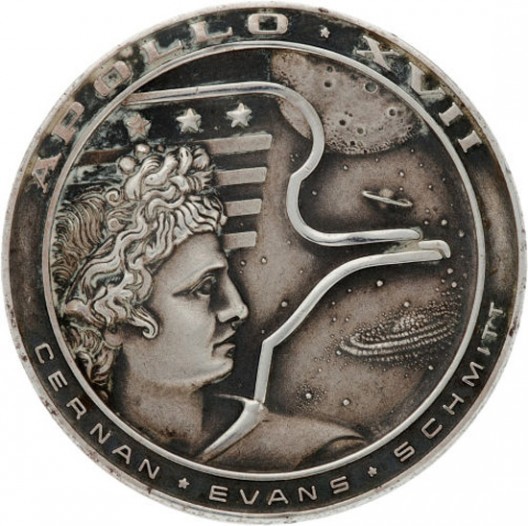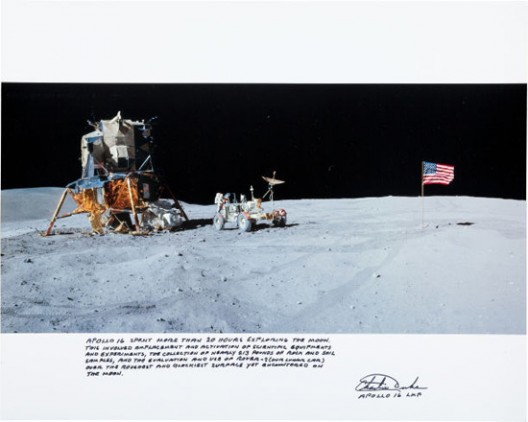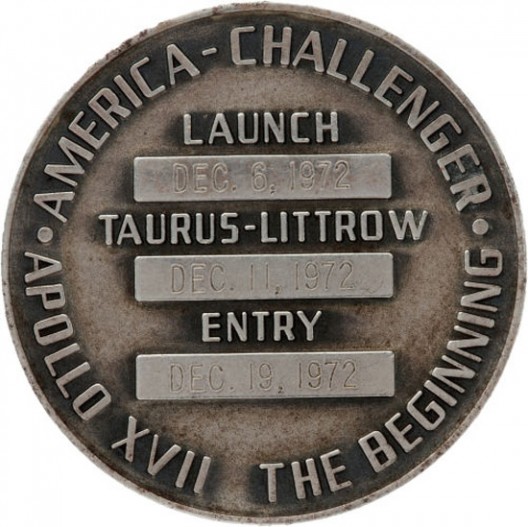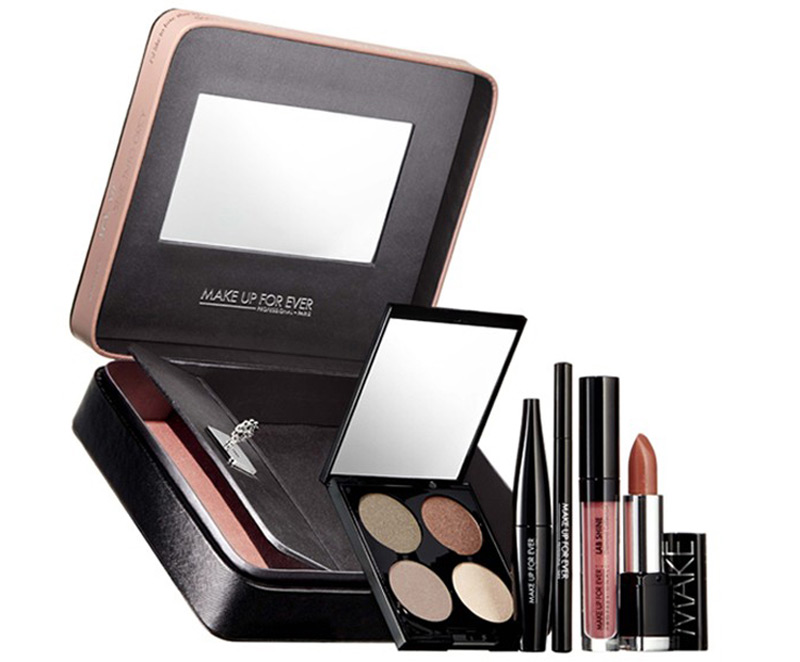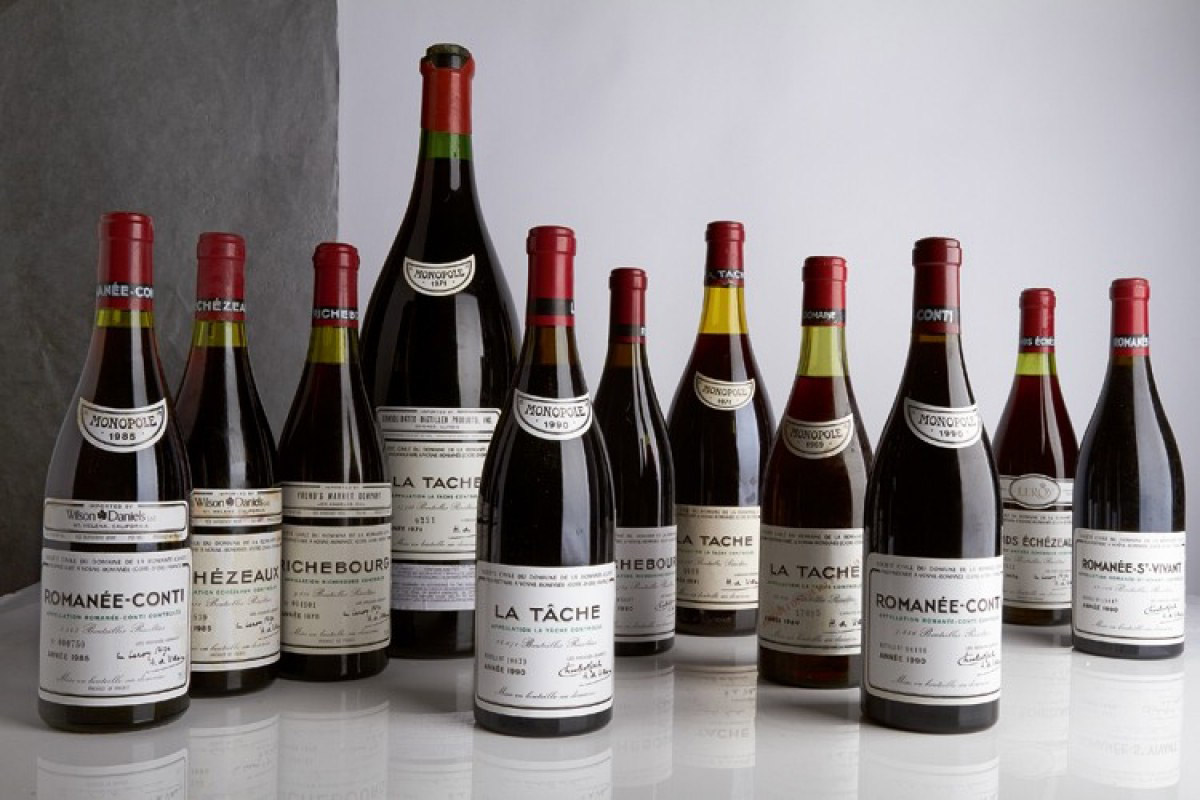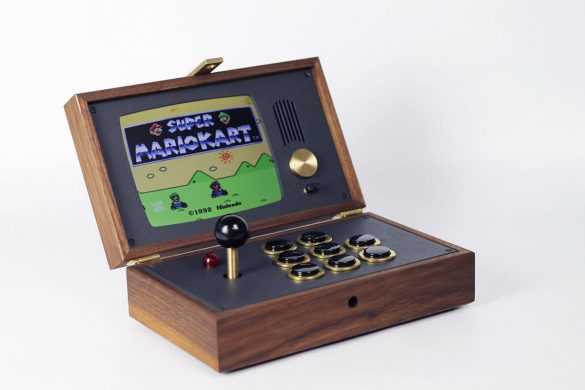Rarities from NASA’s Apollo Missions bring Space Exploration history to collectors in in Heritage Auctions‘ Nov. 6, 2015 Space Exploration Signature Auction in Dallas. An Apollo 17 Flown Silver Robbins Medallion, Serial Number 75 – originally from the Personal Collection of Mission Commander Gene Cernan and one of just 80 flown – is expected to bring more than $30,000 when it crosses the auction block. “This is the rarest of all Apollo silver Robbins and the perfect lot to lead this auction,” said Michael Riley, Senior Historian and Cataloger at Heritage Auctions. “Being from the flight commander’s collection makes it even more desirable.”
Space flown hardware collectors have taken note of the Apollo 9 Flown Scissors, complete with Lanyard and Snap – along with the A7L Pocket Assembly (estimate: $20,000+) – originally from the Personal Collection of Mission Lunar Module Pilot Rusty Schweickart, which also includes a portion of the A7L spacesuit. A signed and certified Apollo 14 Lunar Module Flown Complete Lunar Bible, #14-179, as presented by Mission Lunar Module Pilot Edgar Mitchell to comedian Bob Hope (estimate: $20,000+), has also drawn the attention of space aficionados.
The Apollo 13 mission continues to loom large in the public imagination, as well as with collectors, as Heritage continues marking the 45 anniversary of NASA’s most famously successful failure. An Apollo 13 Flown Nametag and NASA Logo from Commander James Lovell’s PLSS Backpack, directly from his personal collection (estimate: $5,000+), along with an amazing Apollo 13 Flown “Landing” Checklist Cue Card, also directly from Lovell’s personal collection (estimate: $4,000+), are both extremely evocative pieces of the mission, and Space history, having born such close witness to those legendary events.
Perhaps the most quietly interesting and influential piece in the auction is a stunning Gemini 3 flown (RANAM) Random Access Non-Destructive Readout 4096 Bit Memory Plane from the Gemini Spacecraft computer(estimate: $1,200+), a 4.25″ memory chip from the first digital computer ever to orbit the earth.
“It’s amazing to think that this chip, which is so big, contains significantly less computing power than the phone that most of us carry in our pockets,” said Riley, “yet that same technology could never have existed without the groundbreaking work performed aboard the first two-man space flight by this little chip. This is a true treasure of both Space Exploration, tech and Pop Culture.”

